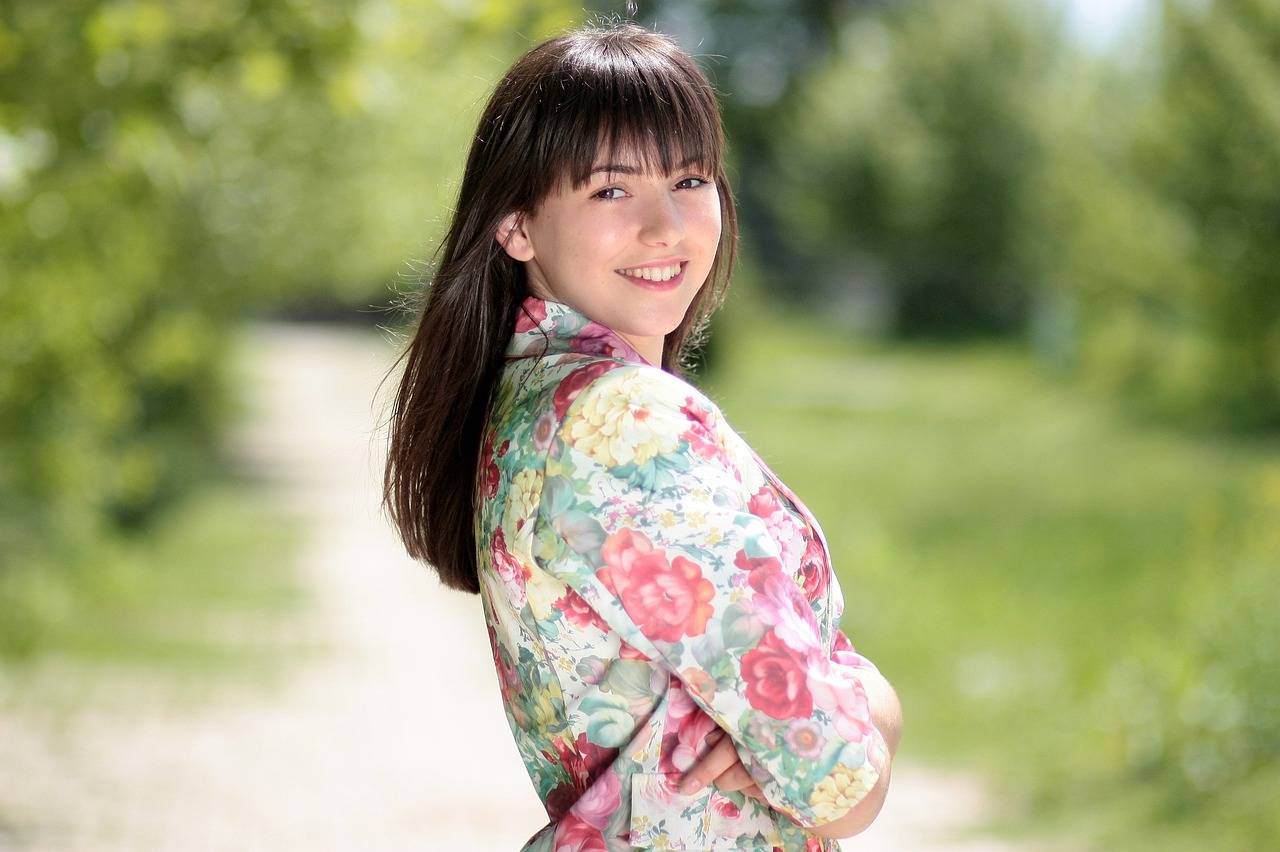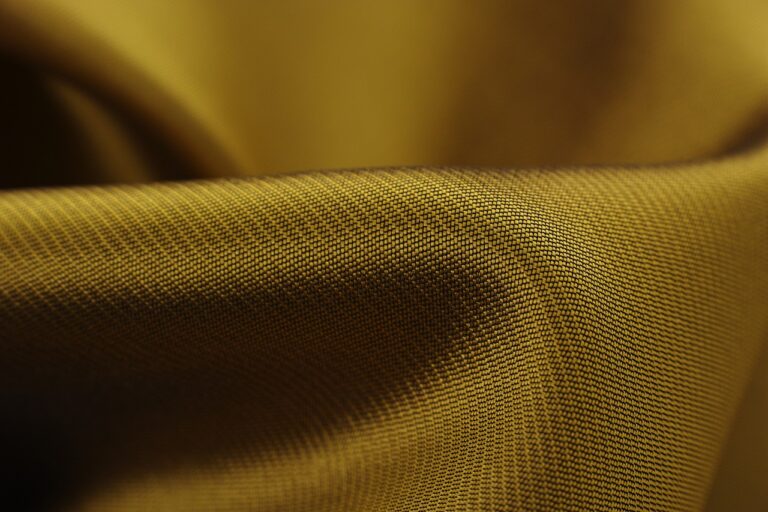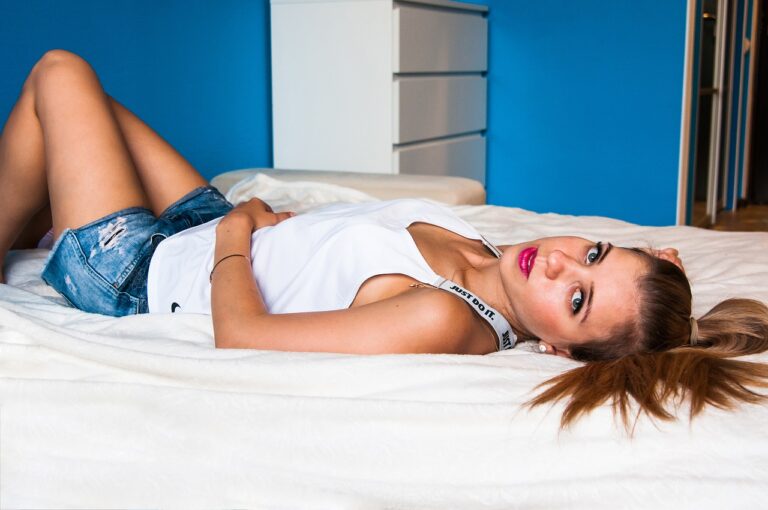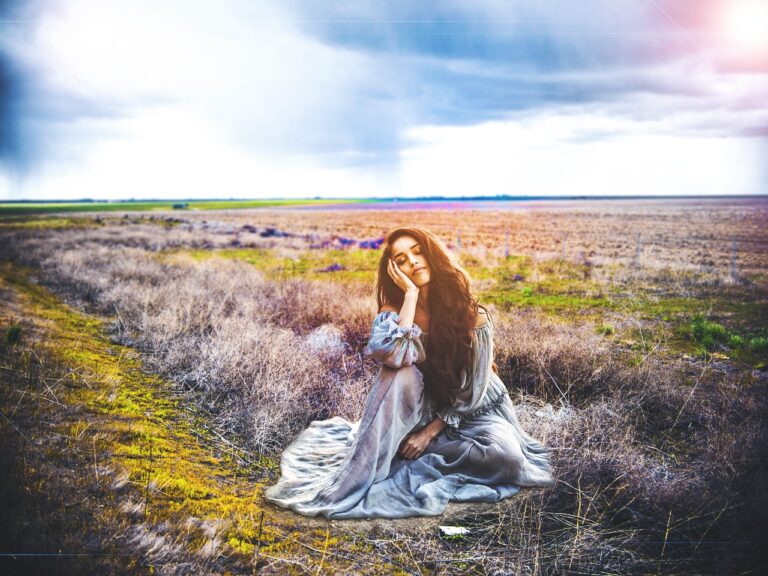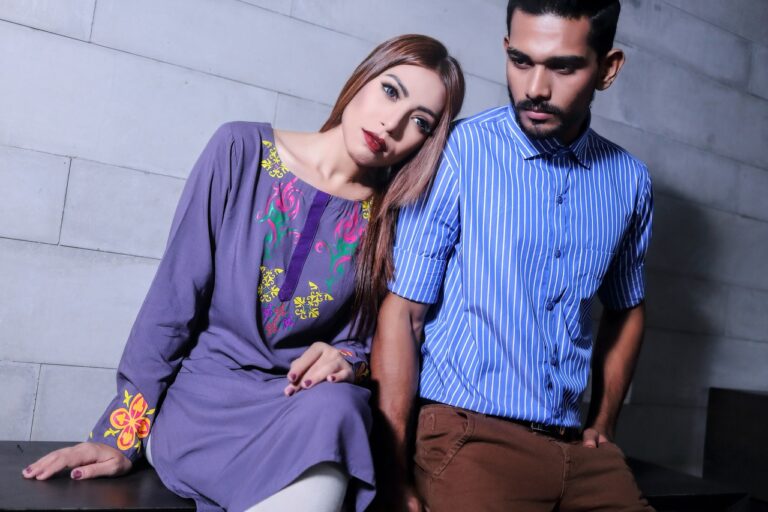Fashion’s Influence on Beauty Trends
Beauty trends have long been intertwined with the ever-changing landscape of fashion. From the bold and exaggerated makeup looks of the 1980s synonymous with power dressing to the minimalistic and natural beauty movements of the early 2000s, beauty trends have often mirrored the prevailing fashion trends of the time. This symbiotic relationship between beauty and fashion is evident in how makeup, hairstyles, and even skincare routines evolve to complement and enhance the overall aesthetic in the world of style and design.
As fashion continues to push boundaries and redefine norms, beauty trends also follow suit, adapting to reflect the current cultural zeitgeist. The rise of inclusivity and diversity in fashion has led to a shift in beauty standards, with a focus on celebrating individuality and embracing various forms of beauty. Today, beauty trends not only mirror the aesthetic sensibilities of the fashion world but also serve as a powerful tool for self-expression and empowerment, allowing individuals to explore and experiment with different looks that resonate with their personal style.
The Evolution of Beauty Standards in Relation to Fashion
Beauty standards have undergone significant transformations over the years, influenced by various factors including culture, media, and societal norms. In the realm of fashion, these shifting ideals are often portrayed and perpetuated through images of models and celebrities who epitomize the current standard of beauty. From the hourglass figures of the 1950s to the waif-like look of the 1990s, fashion has played a pivotal role in dictating what is considered beautiful at any given time.
As fashion continues to evolve, so too do the beauty standards that accompany it. With the rise of social media and the increased visibility of diverse body types and ethnicities, there has been a gradual but noticeable shift towards a more inclusive definition of beauty. Brands and designers are now embracing a wider range of sizes, skin tones, and features, challenging traditional notions of what is deemed attractive. This newfound emphasis on diversity is not only reshaping the fashion industry but also redefining beauty standards for generations to come.
How do beauty trends reflect changes in fashion?
Beauty trends often mirror the aesthetics and styles popular in the fashion industry at any given time. As fashion evolves, so do beauty standards, leading to new trends in makeup, hairstyles, and overall appearance.
How have beauty standards changed over time in relation to fashion?
Beauty standards have shifted significantly over the years in response to changing fashion trends. What was considered beautiful in one era may be completely different in another, as fashion continues to evolve and influence societal perceptions of beauty.
What role does the fashion industry play in shaping beauty standards?
The fashion industry has a significant impact on shaping beauty standards, as it dictates what is considered fashionable and desirable at any given time. Fashion designers, magazines, and influencers all play a role in influencing how beauty is perceived and valued in society.
Are beauty standards in fashion always changing?
Yes, beauty standards in relation to fashion are constantly evolving. What was considered beautiful and trendy in the past may no longer be relevant in today’s fashion landscape. As trends come and go, so do beauty standards, reflecting the ever-changing nature of the fashion industry.

